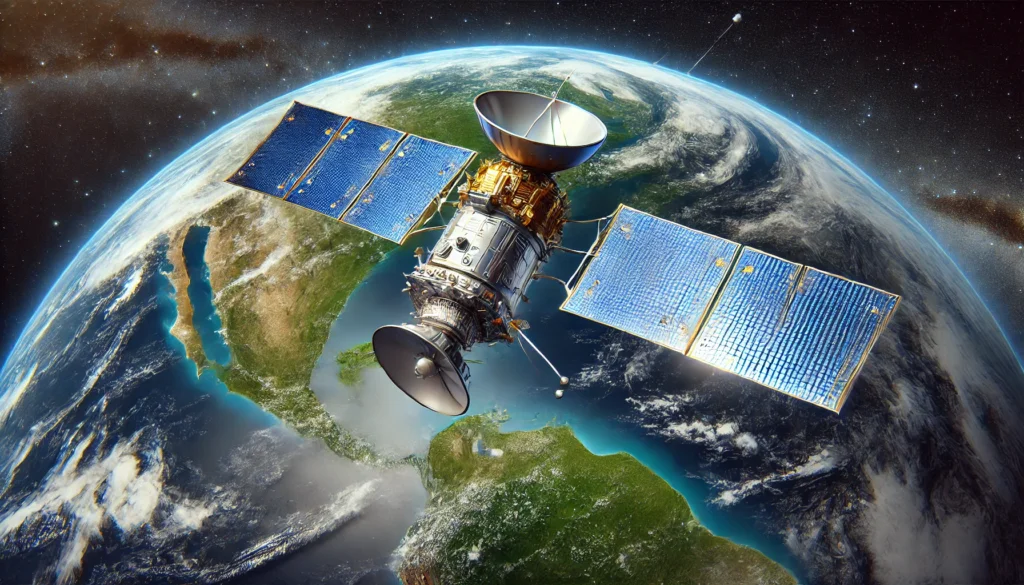Unit 3 Breakdown
You are on Lesson 1 of 4
- Unit 3.1 | Understanding circular motion and centripetal forces
- Unit 3.2 | Solving circular motion problems using FBDs
- Unit 3.3 | The gravitational force
- Unit 3.4 | Combining circular motion and gravitation – satellites, orbits, and more (Current Lesson)
In this lesson:
- We will learn how centripetal and gravitational forces are related
- Learn how to solve problems that involve both forces
Making the connection
To see the connection between circular motion and gravitation, let’s use a satellite as an example.
Locked Video Content
Common Equations to Know
Now that you understand how to use circular motion and gravitational forces together, it’s a good idea to know which equations you need to know.
These are not equations that will be given to you.
Instead, you need to know how to derive them.
Equation 1: General Relationships (you can manipulate these equations as you wish)
[katex] F_c = \frac{mv^2}{r} = G \frac{M m}{r^2} [/katex]
Equation 2: Speed of an orbiting object
[katex] v = \sqrt{G \frac{M}{r}} [/katex]
Equation 3: Period of an orbiting object
[katex] T = 2\pi \sqrt{\frac{r^3}{GM}}[/katex]
PS – More satellite and gravitational questions
Locked Video Content
Your Turn – Practice Circular Motion and Gravitation
Here are six questions to help you really understand how to apply the equations and solve problems.
Remember to use the framework: Draw an FBD; Apply Newton’s second law; Solve for the variable in question.
Which of the following best explains why astronauts experience weightlessness while orbiting the earth?
The spaceship is traveling at a constant velocity.
The centripetal force on the astronaut is zero.
The force of gravity is very small because the astronaut is far away from the planet.
The spaceship is in free fall.
The gravitational pull from the sun cancels out the gravitational pull from the earth.
Consider a neutron star with a mass equal to the sun, a radius of 10 km, and a rotation period of 1.0 s. What is the radius of a geosynchronous orbit about the neutron star? The mass of the sun can be found in the formula sheet above.
In 2014, the European Space Agency placed a satellite in orbit around comet 67P/Churyumov-Gerasimenko and then landed a probe on the surface. The actual orbit was elliptical, but we can approximate it as a 50 km diameter circular orbit with a period of 11 days.
A \(2.2 \times 10^{21} \, \text{kg}\) moon orbits a distant planet in a circular orbit of radius \(1.5 \times 10^8 \, \text{m}\). It experiences a \(1.1 \times 10^{19} \, \text{N}\) gravitational pull from the planet. What is the moon's orbital period in Earth days?
Unit 3 Recap
Take a second to read the Unit 3 Speed Recap. This goes over everything you learned (in 5 minutes). Moreover, be sure to get in tons of practice in using UBQ. These questions are hand selected for you to master the concepts you learned!
Unit 4 Preview
Congrats! You finished Unit 3.
It’s time to move on to Unit 4 Energy. This unit marks the halfway point and is one of the easier to understand topics!


